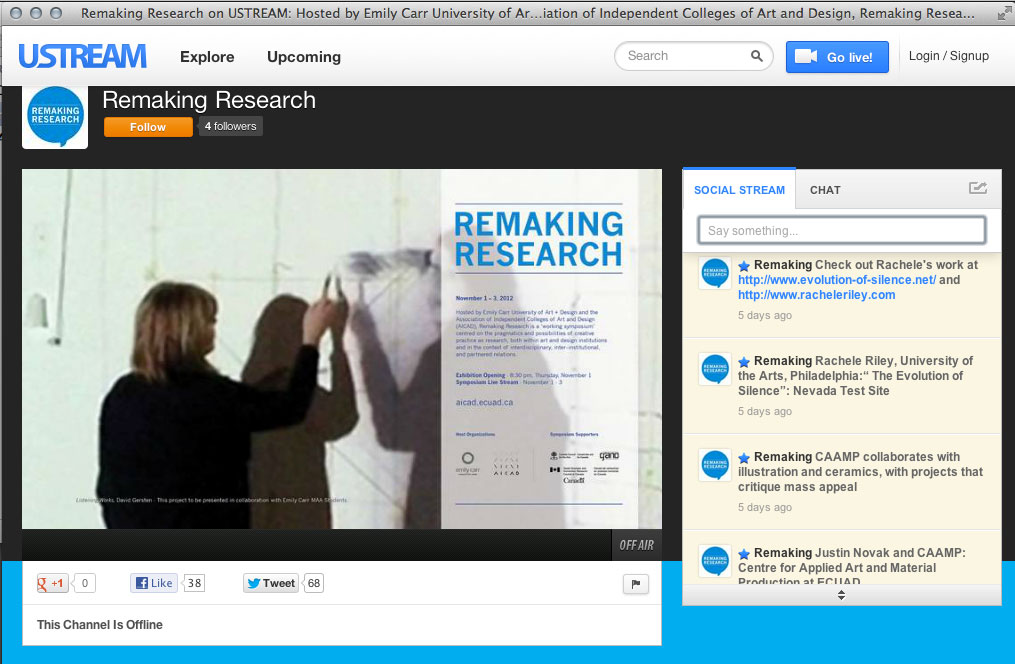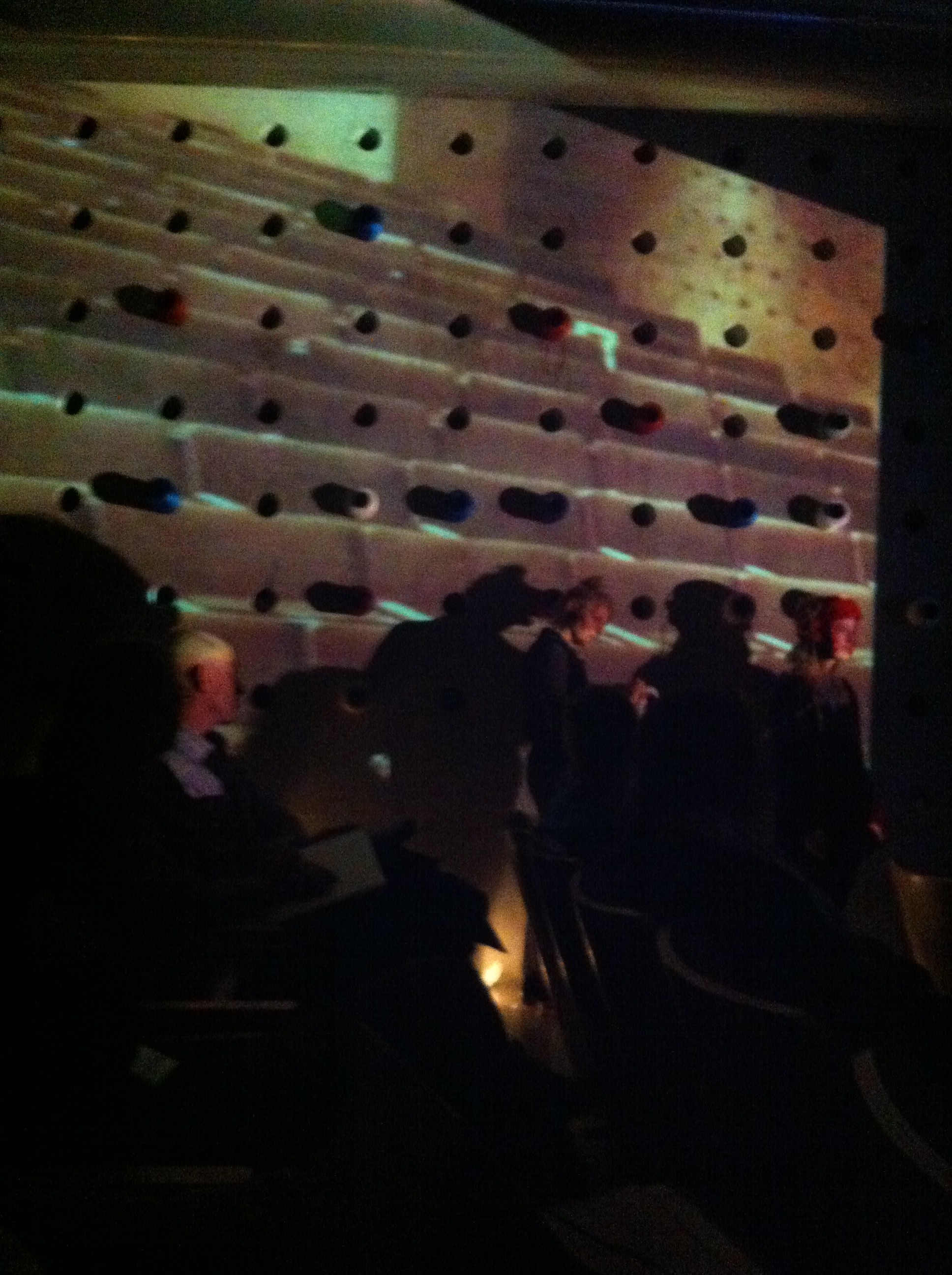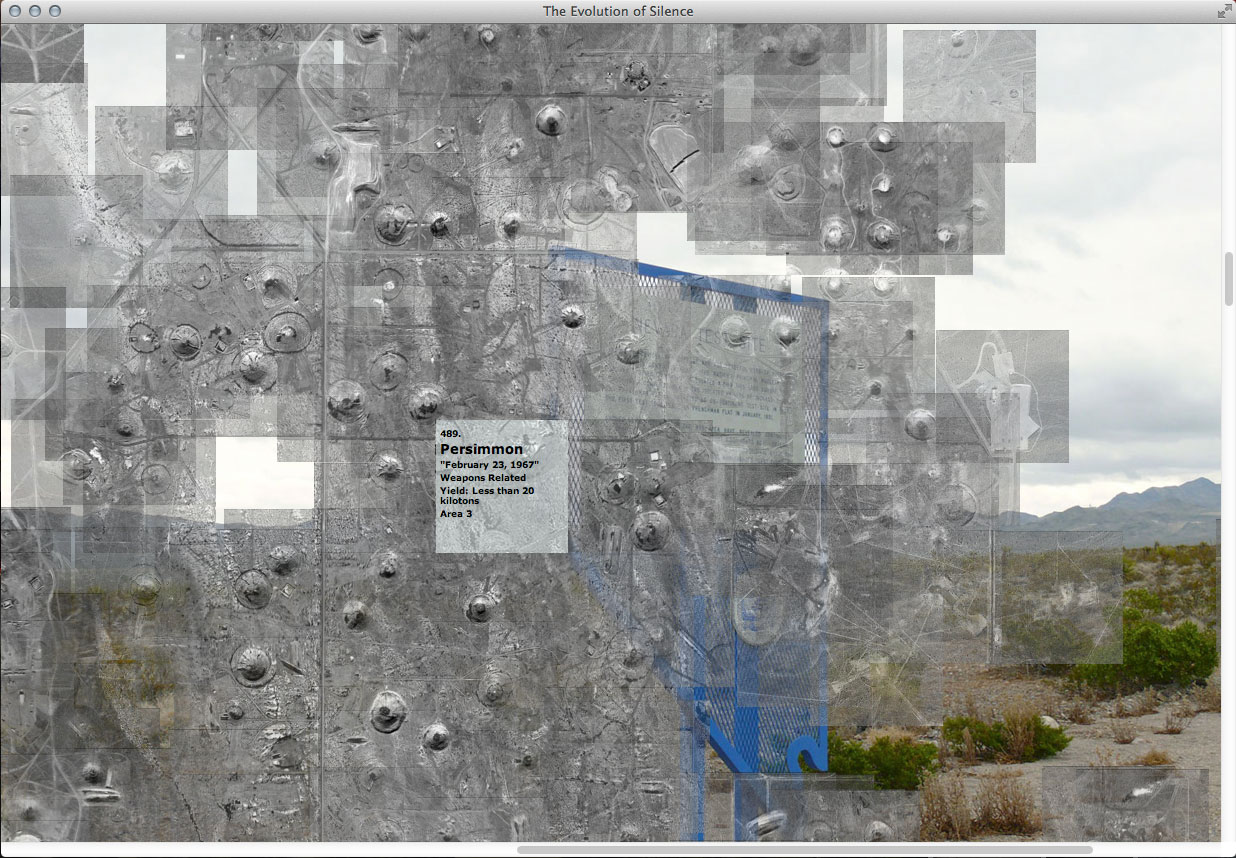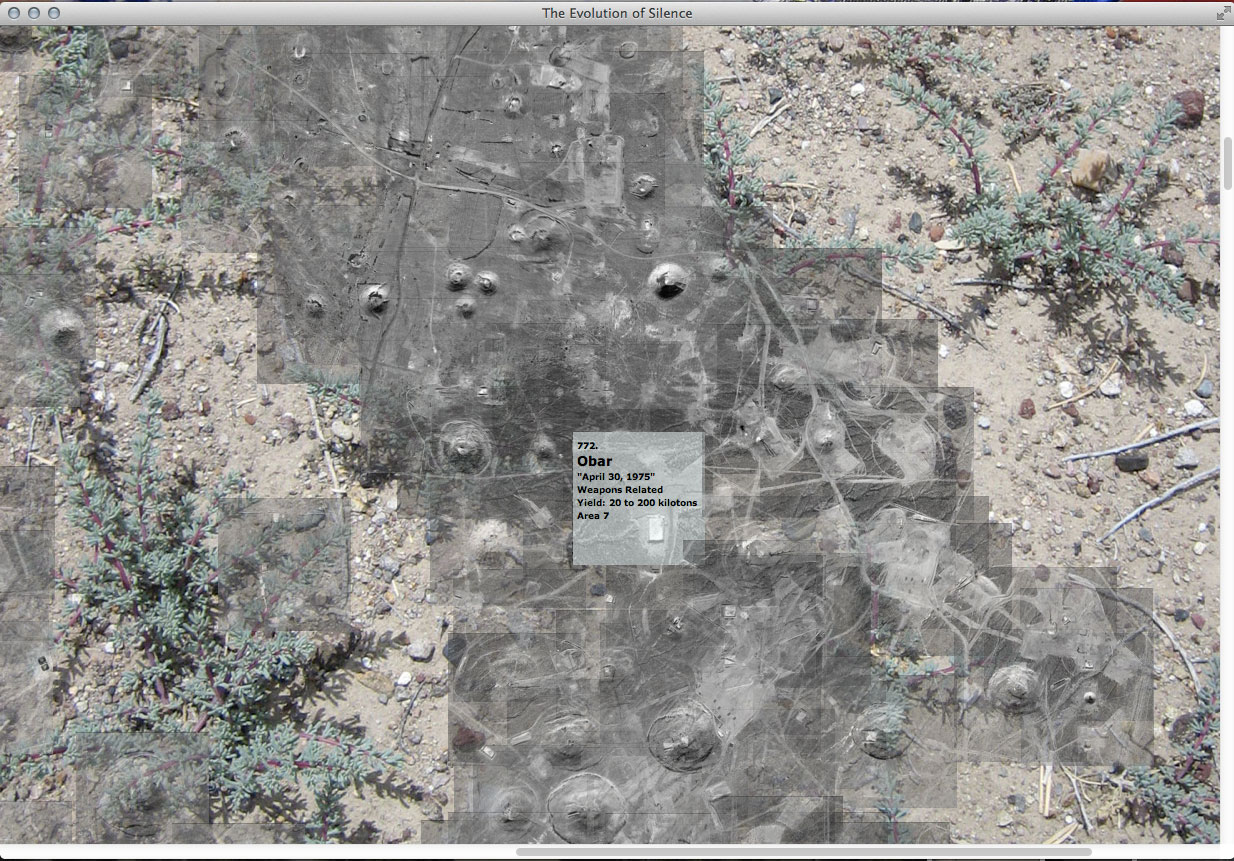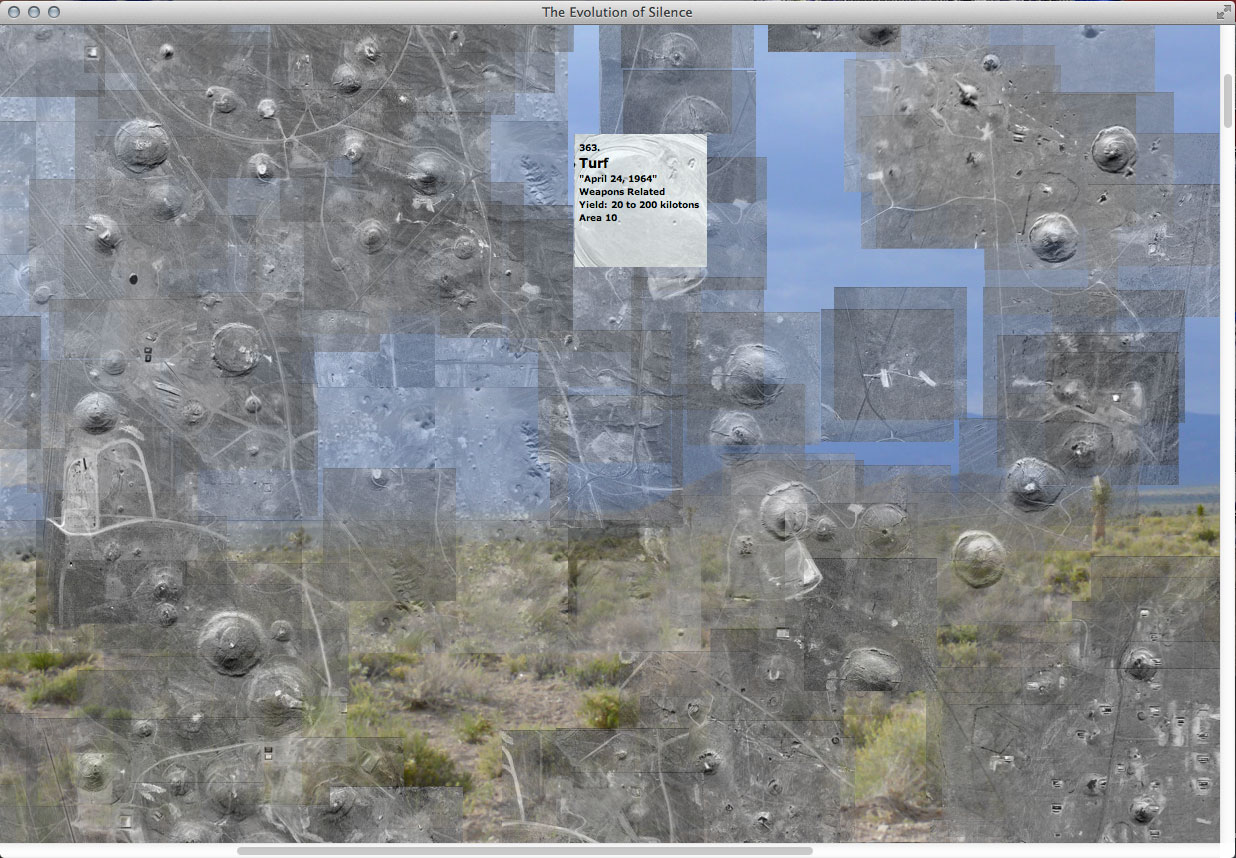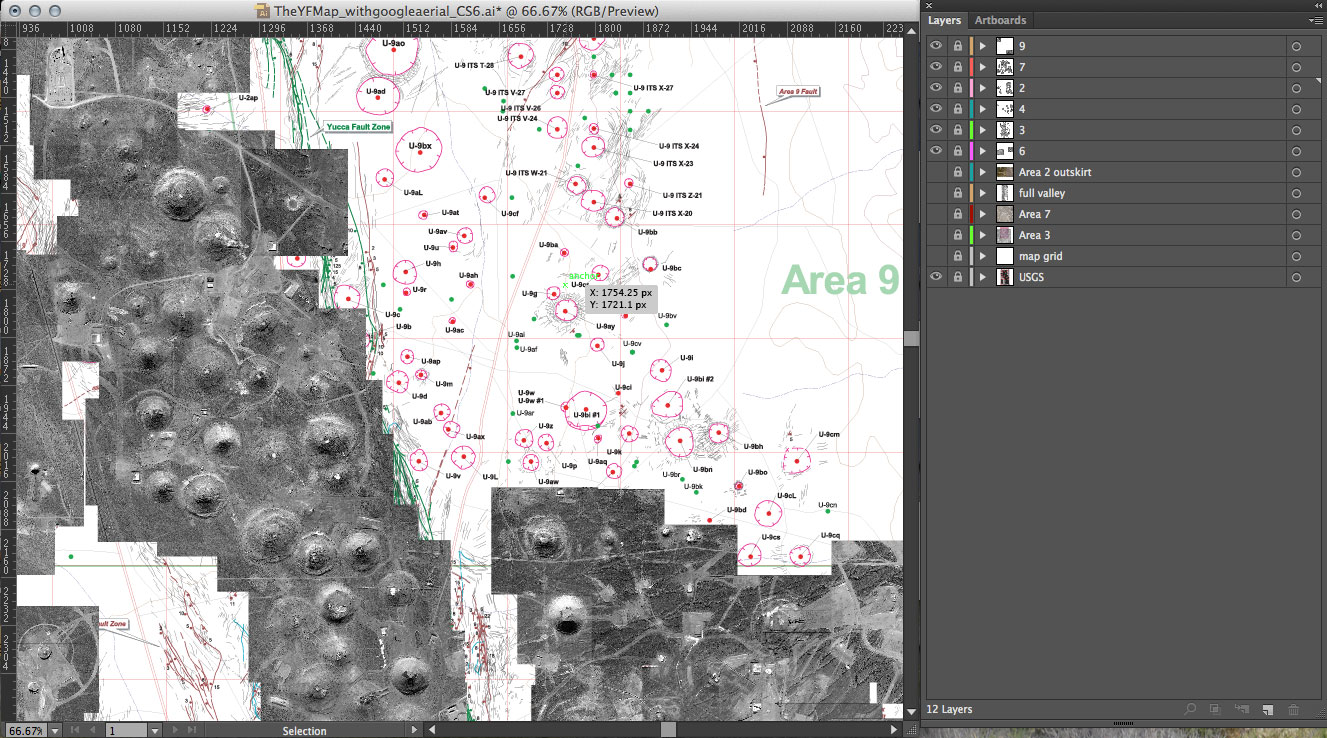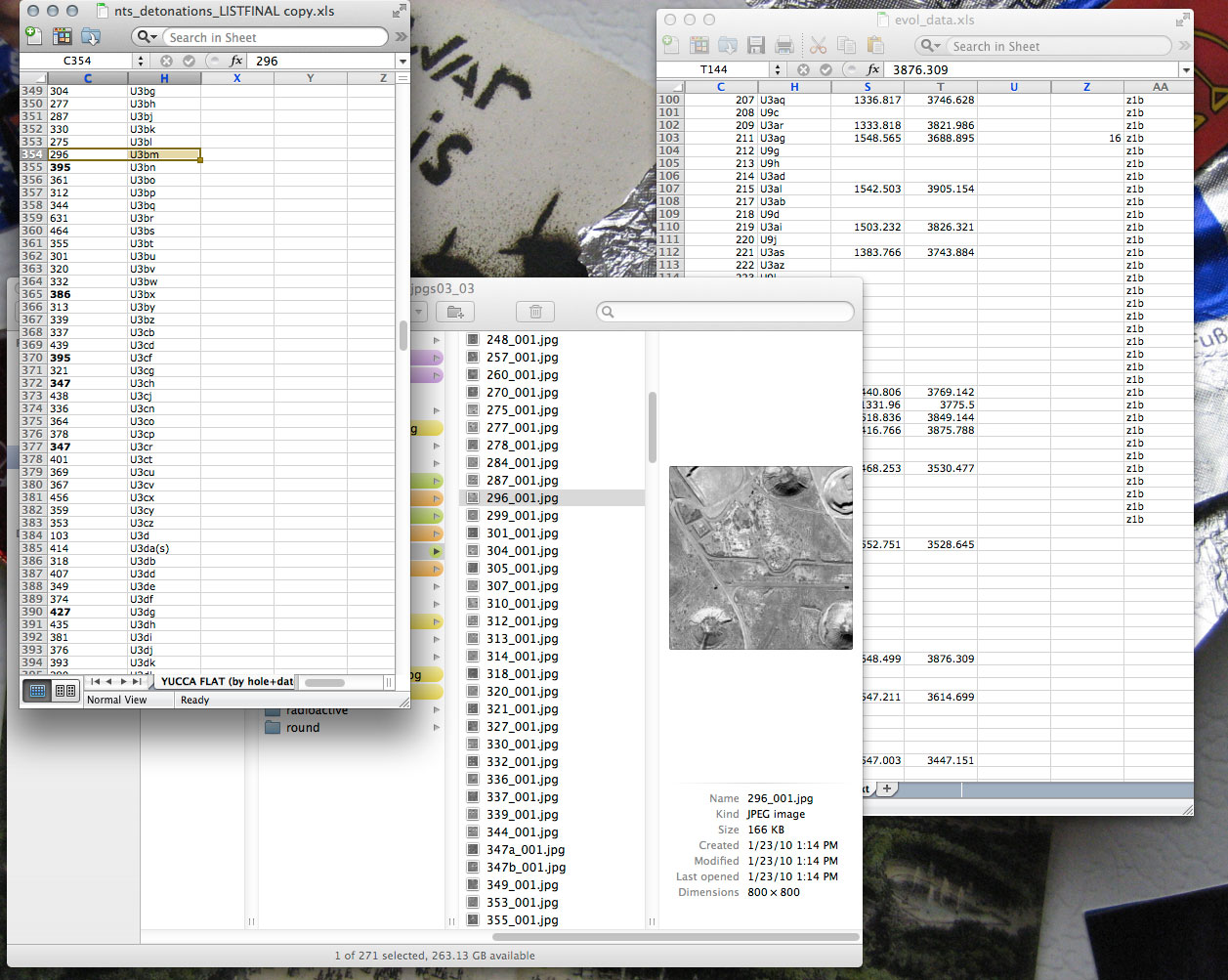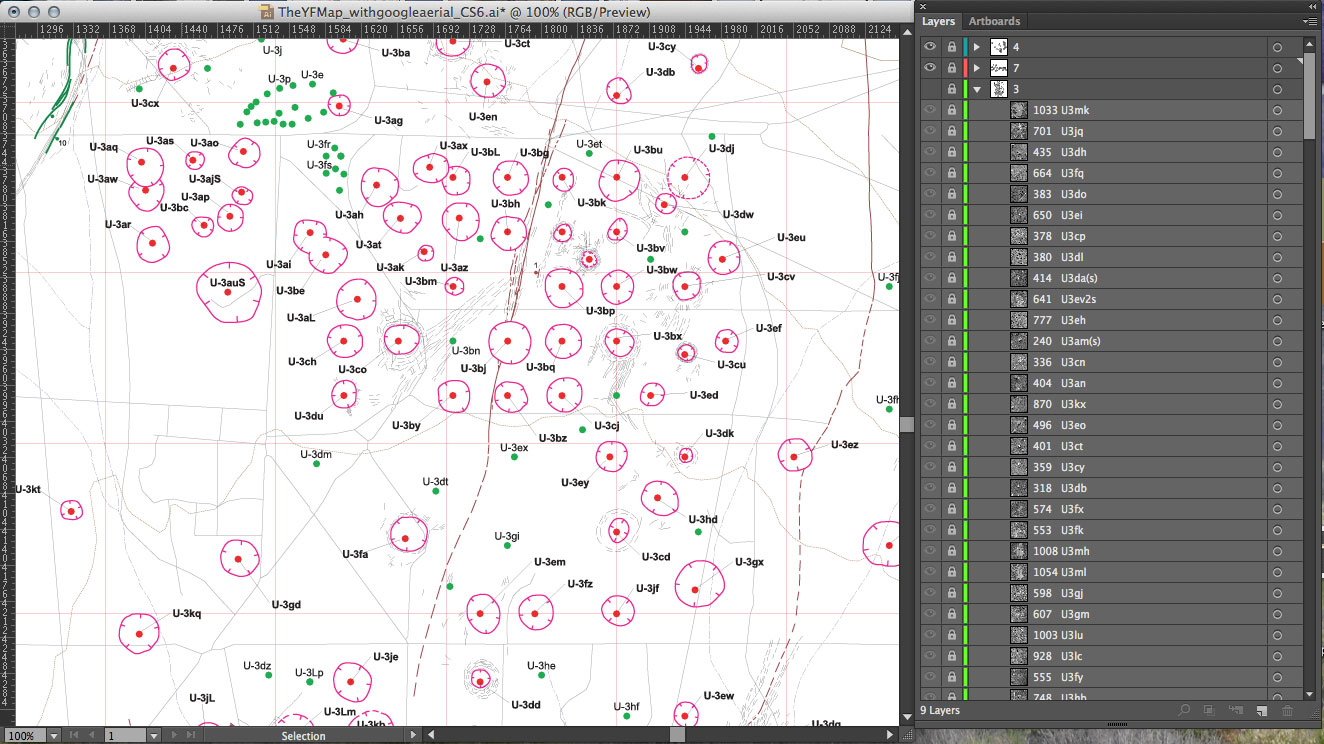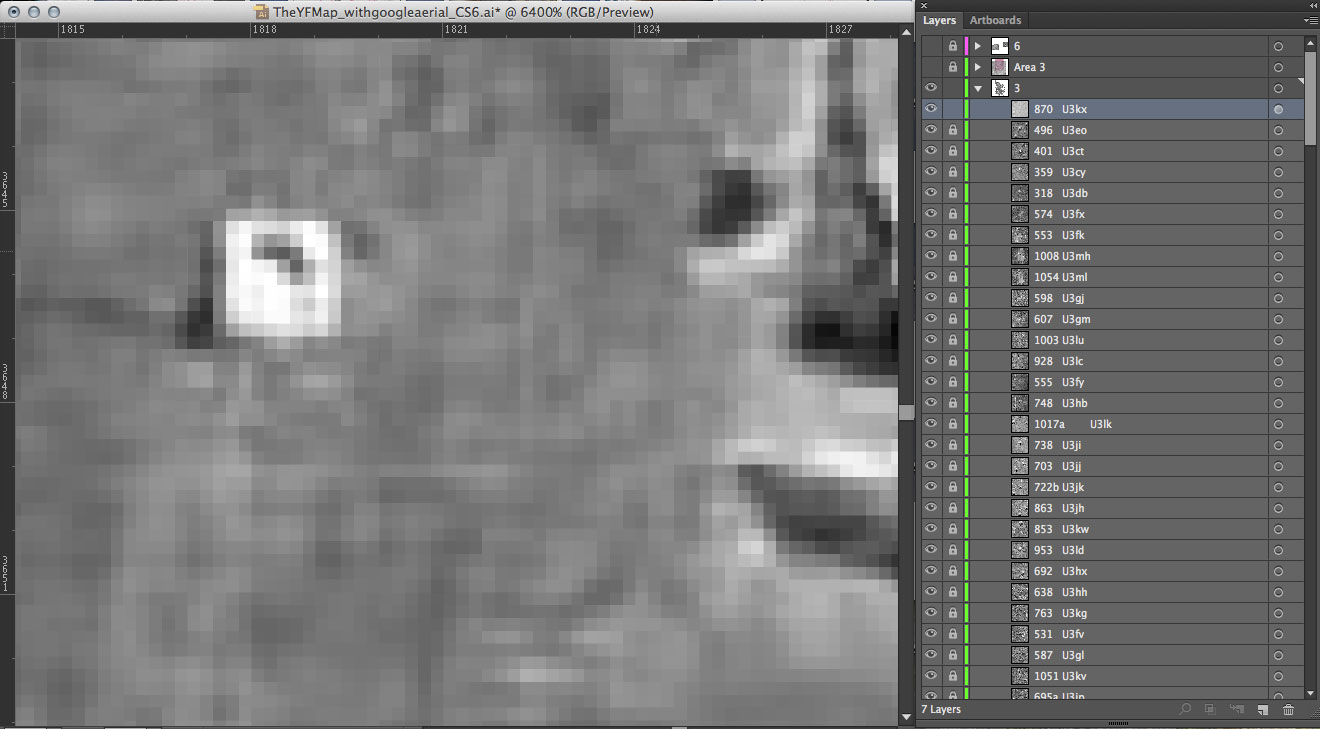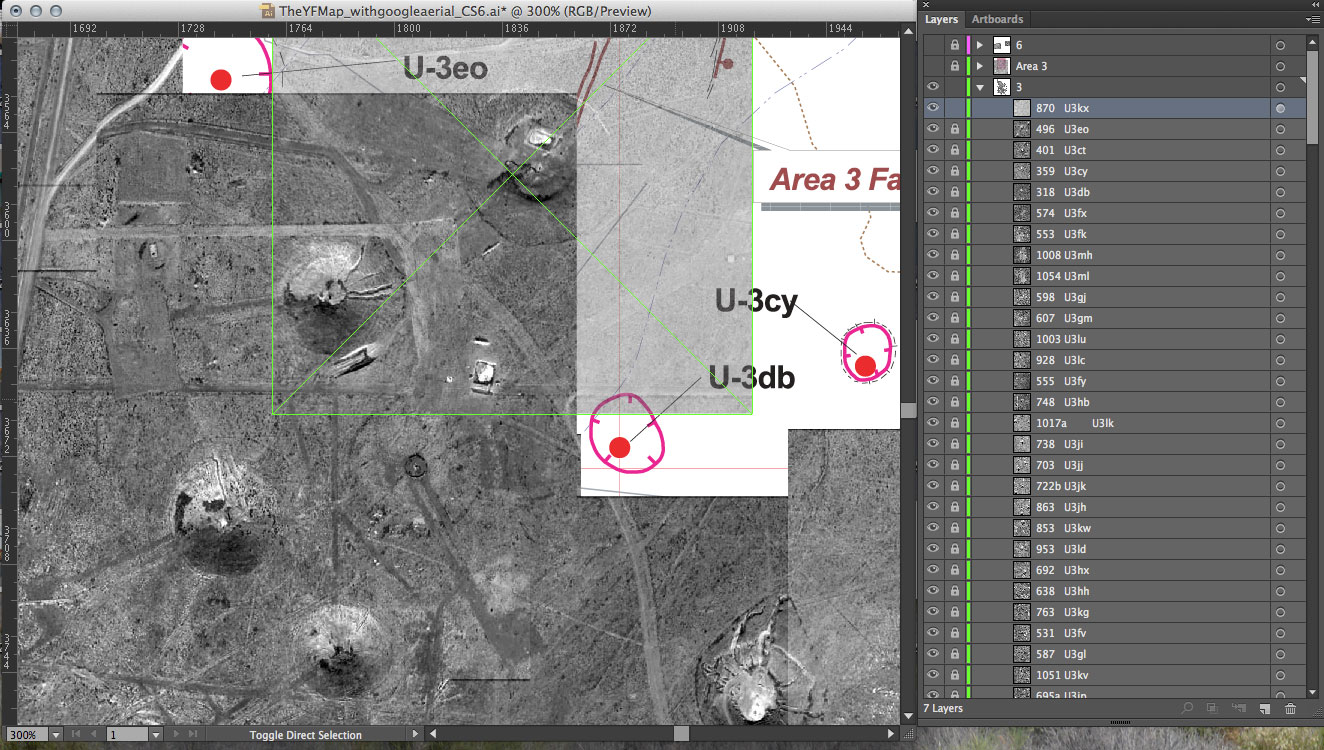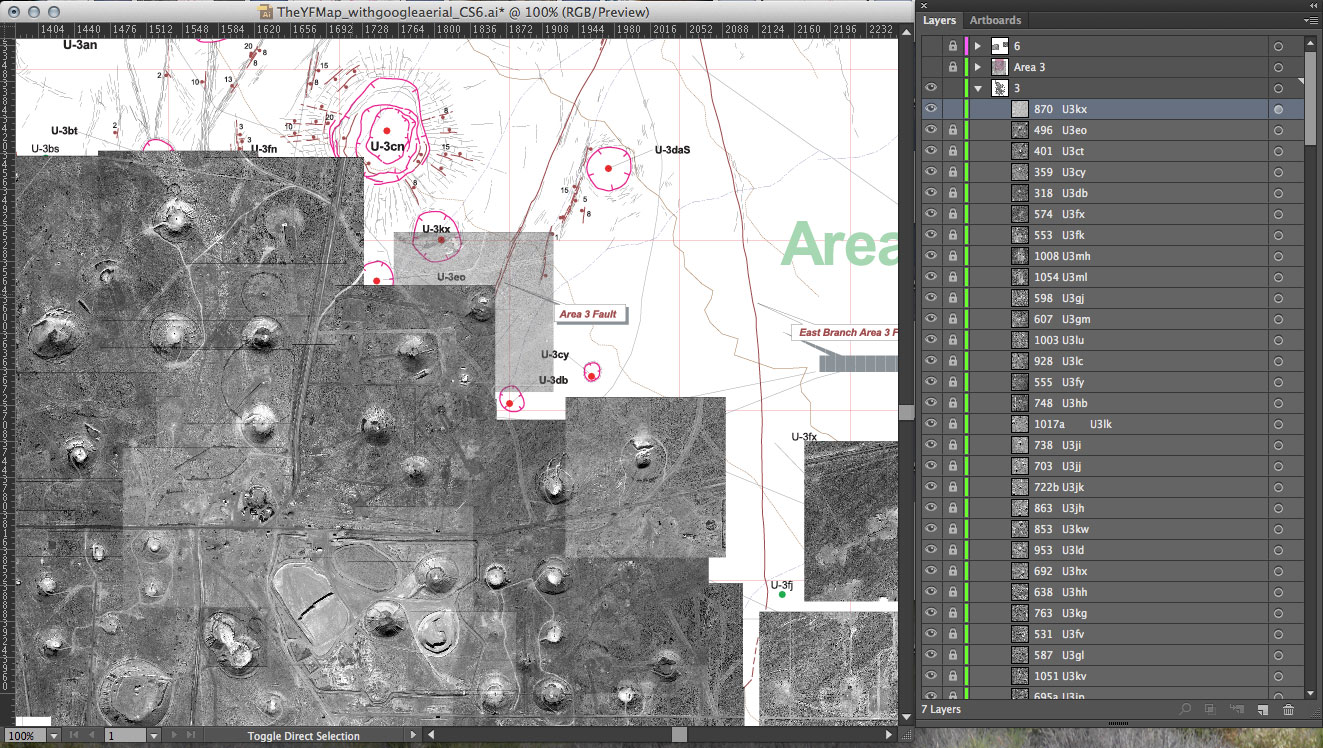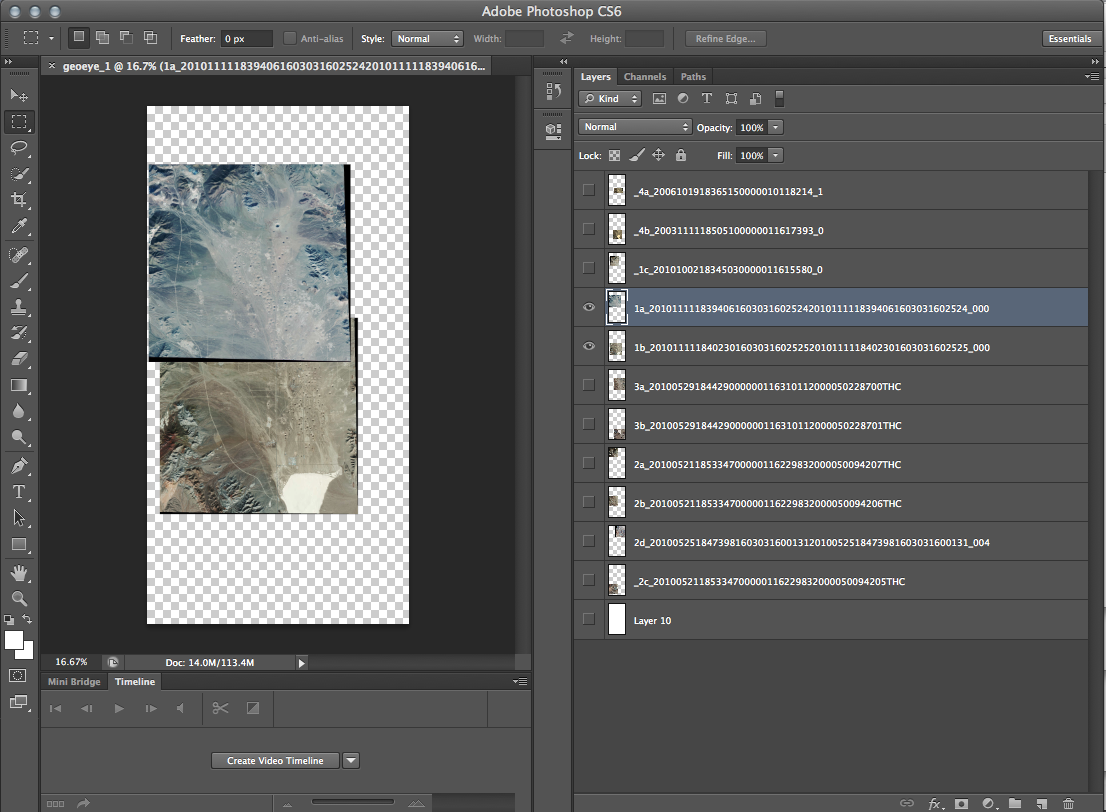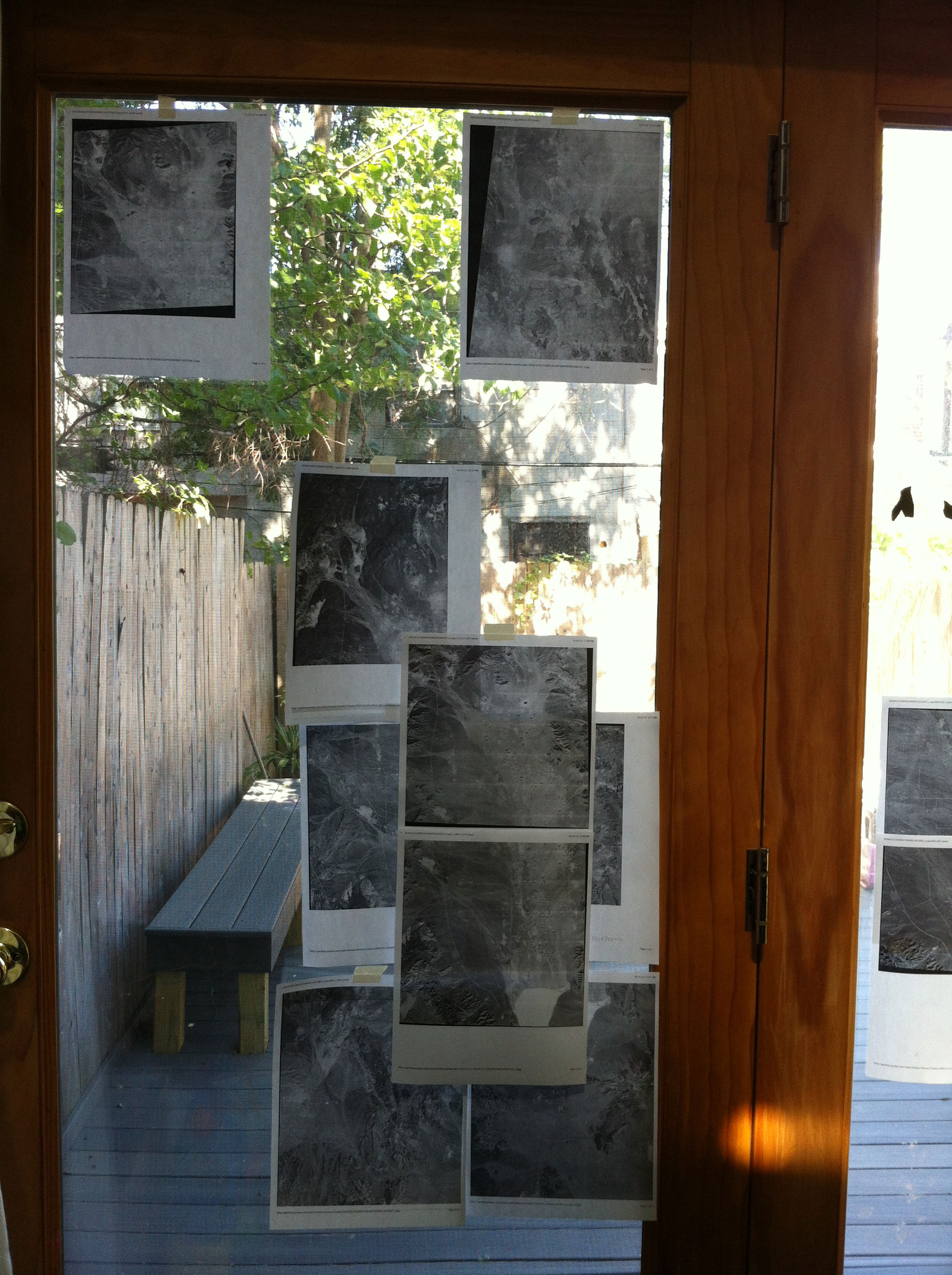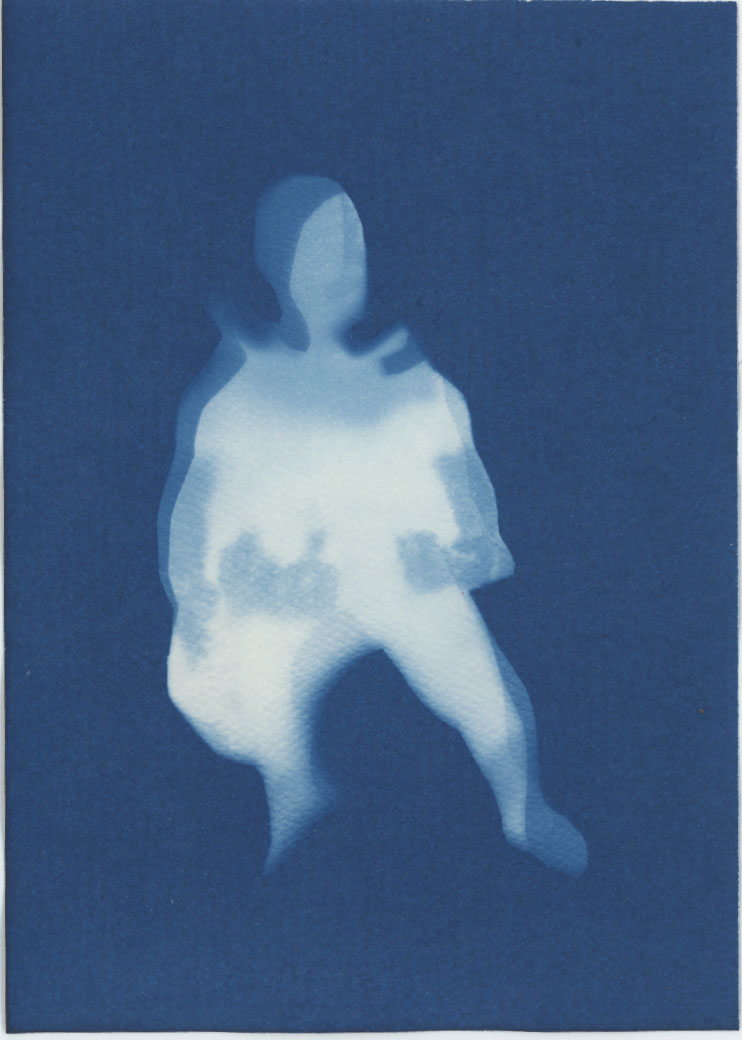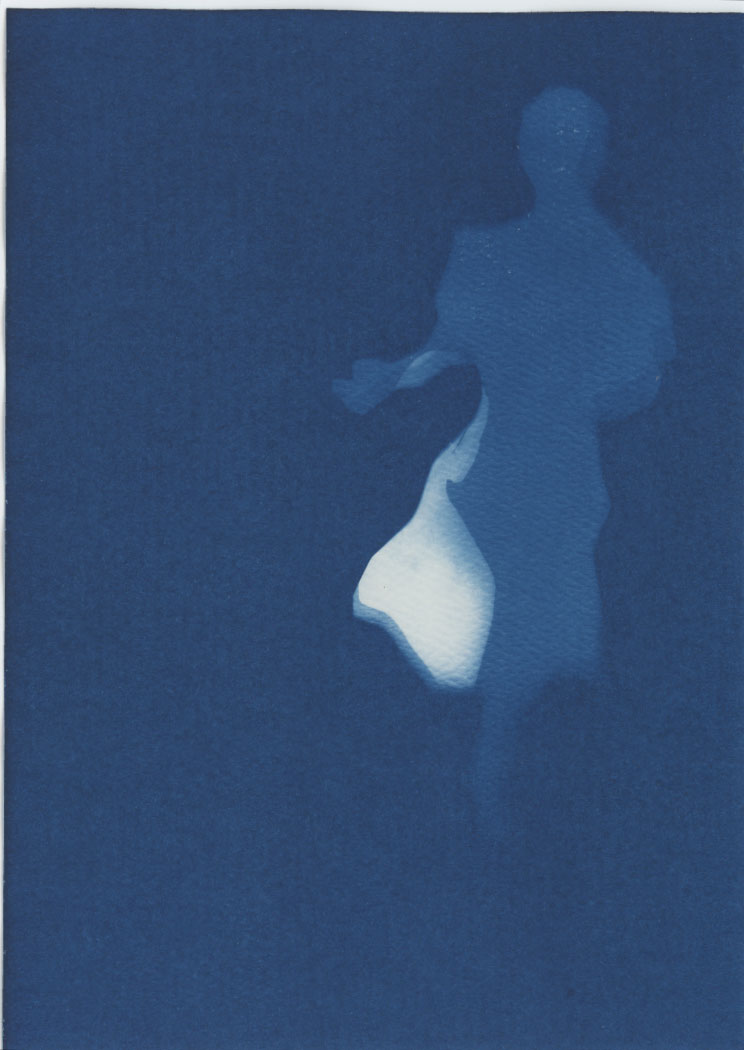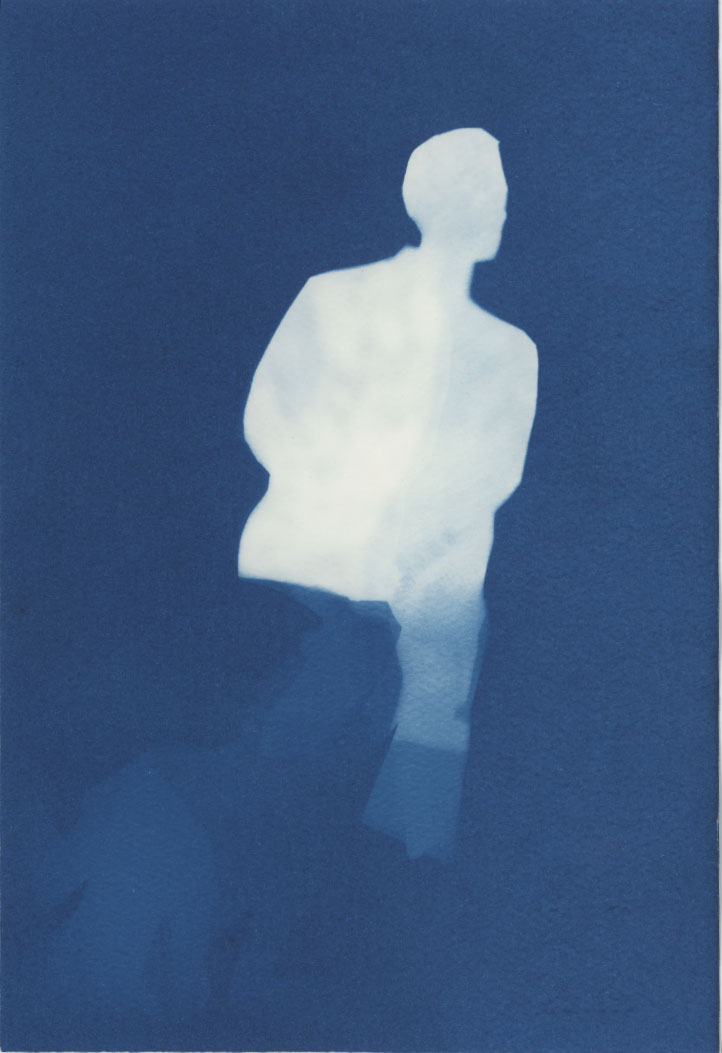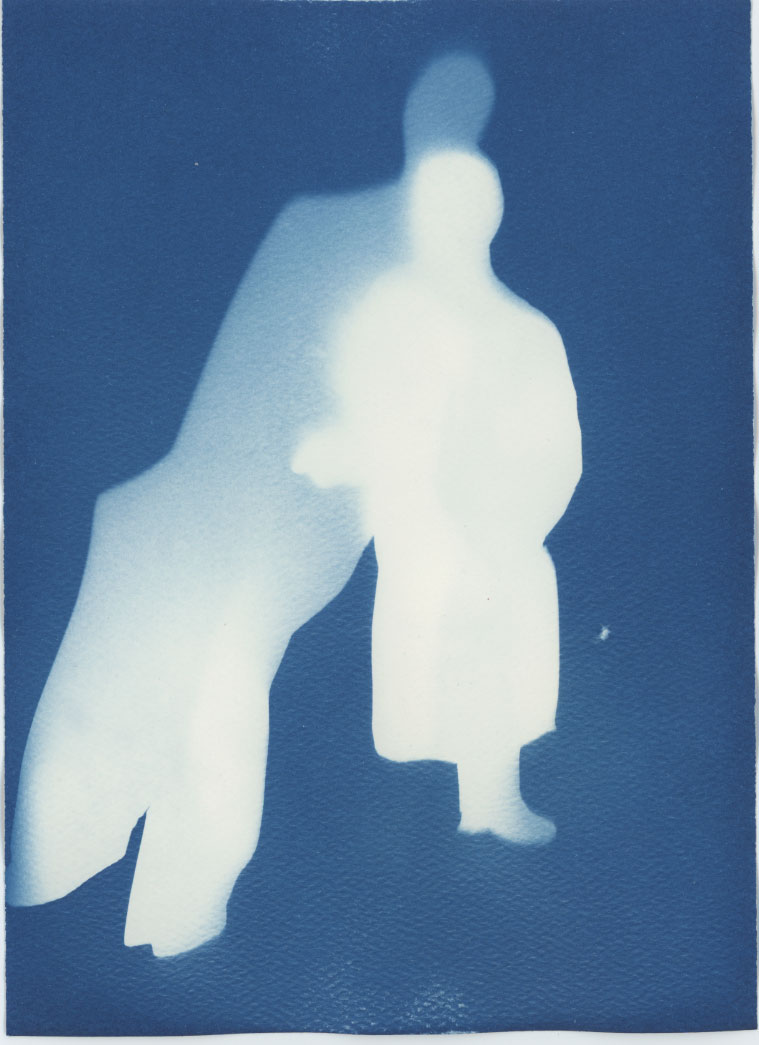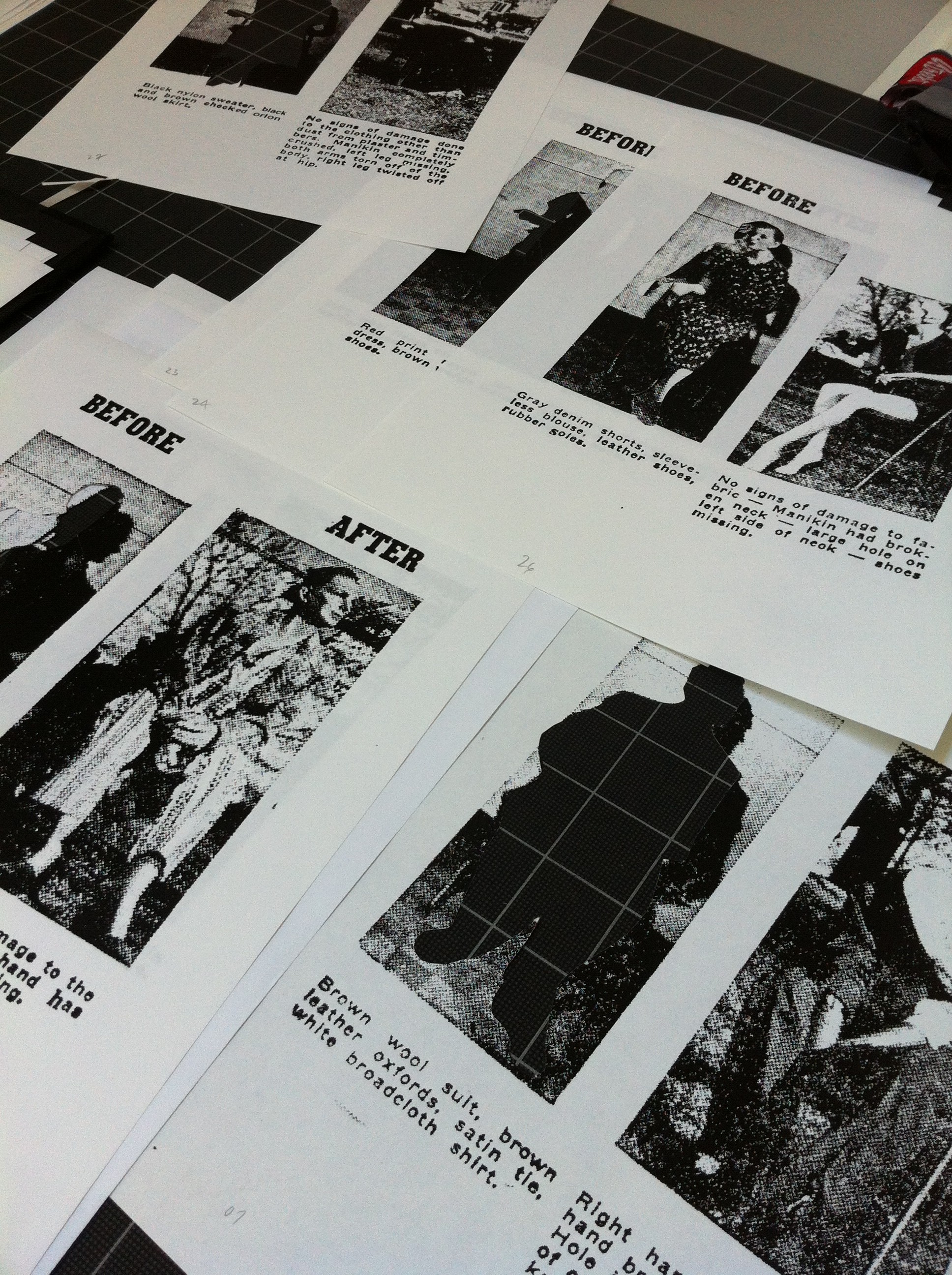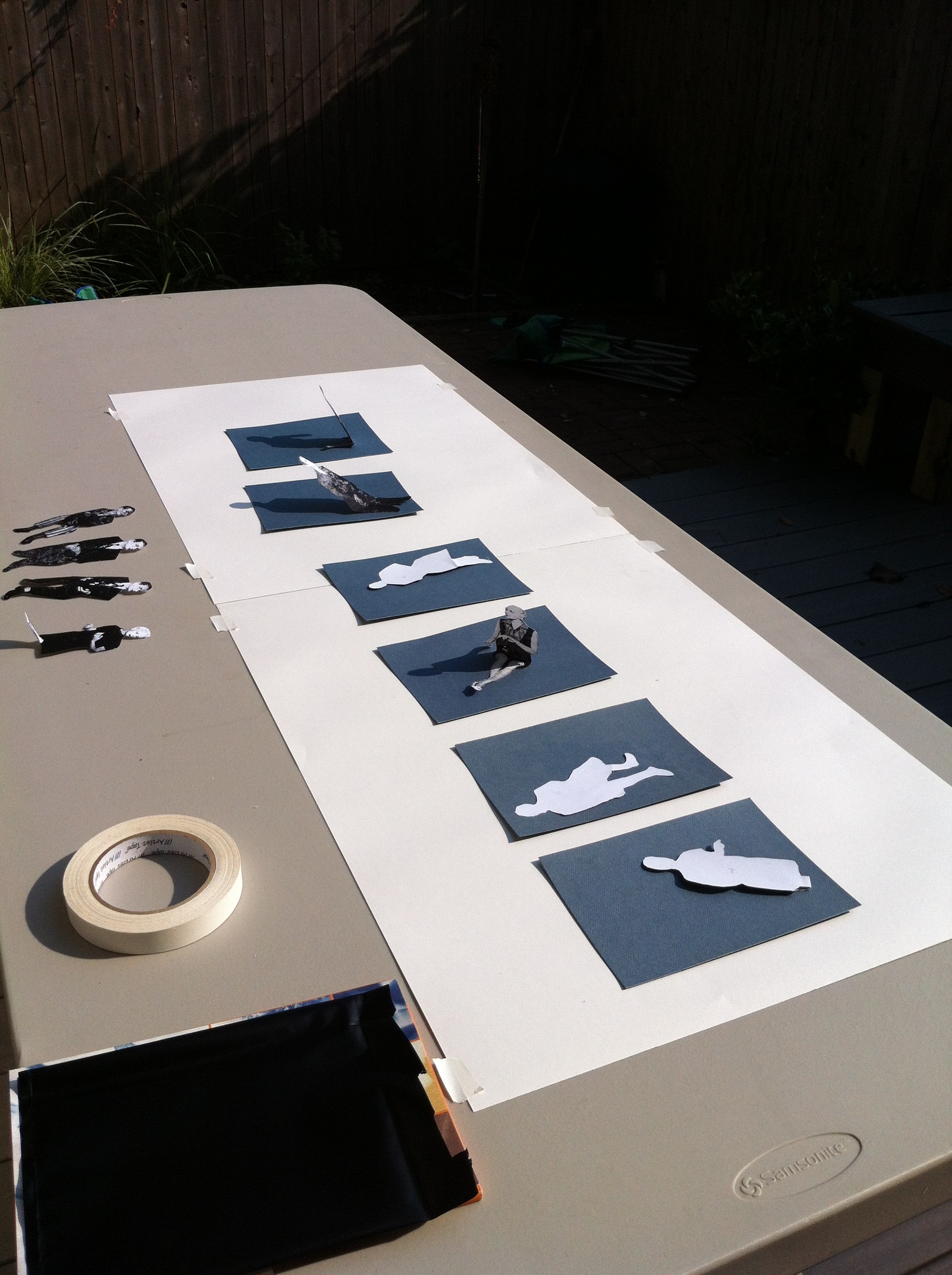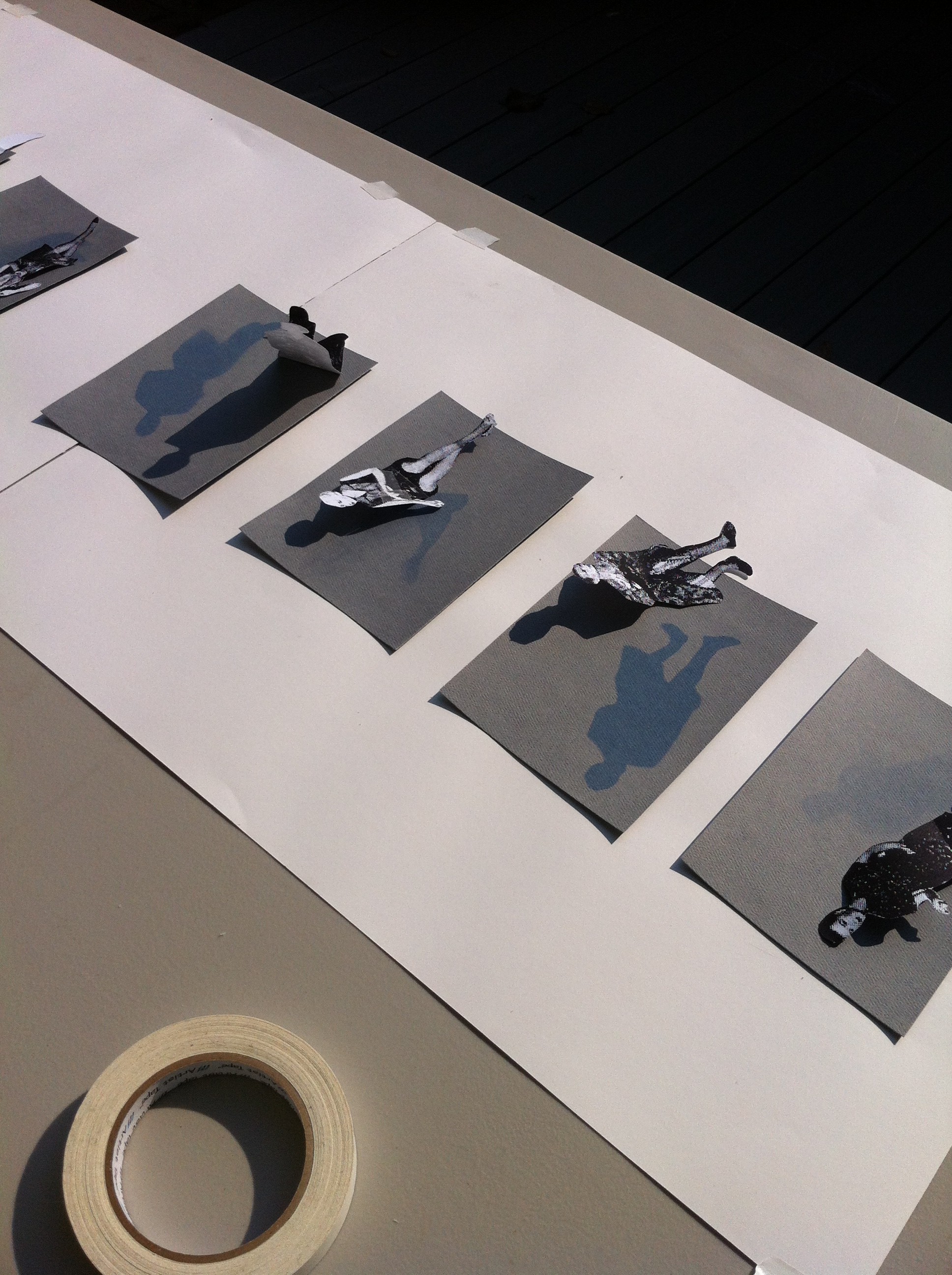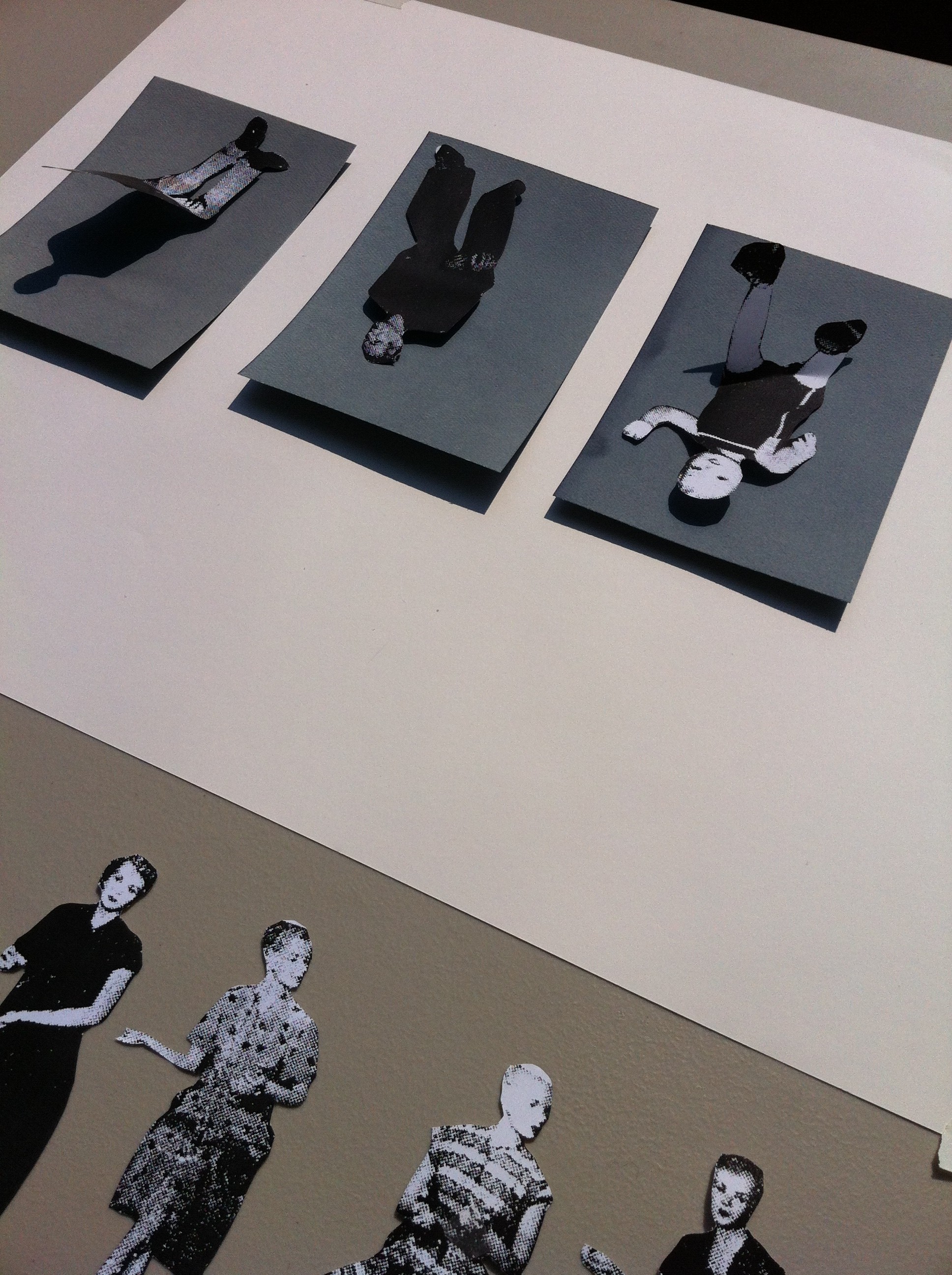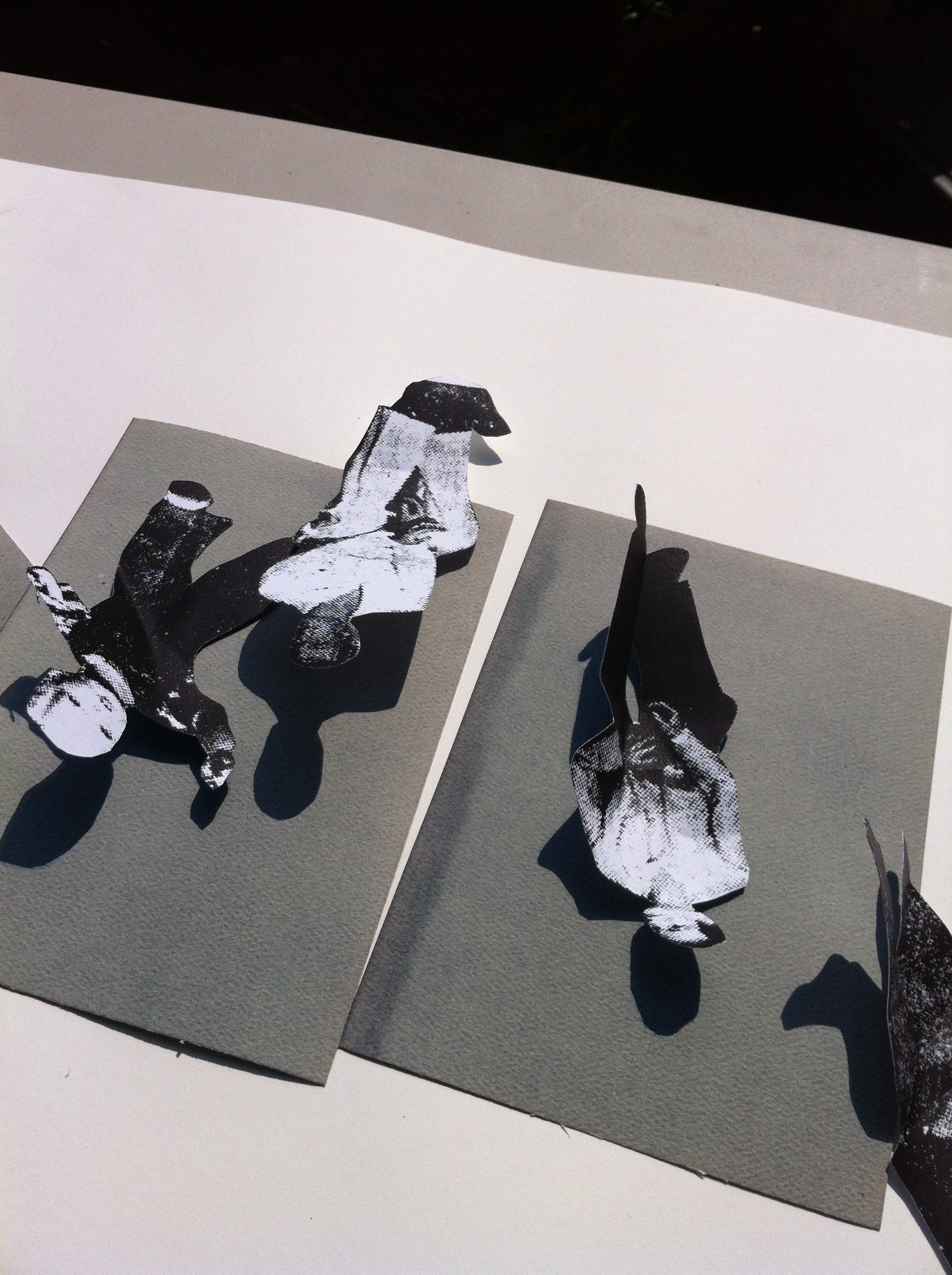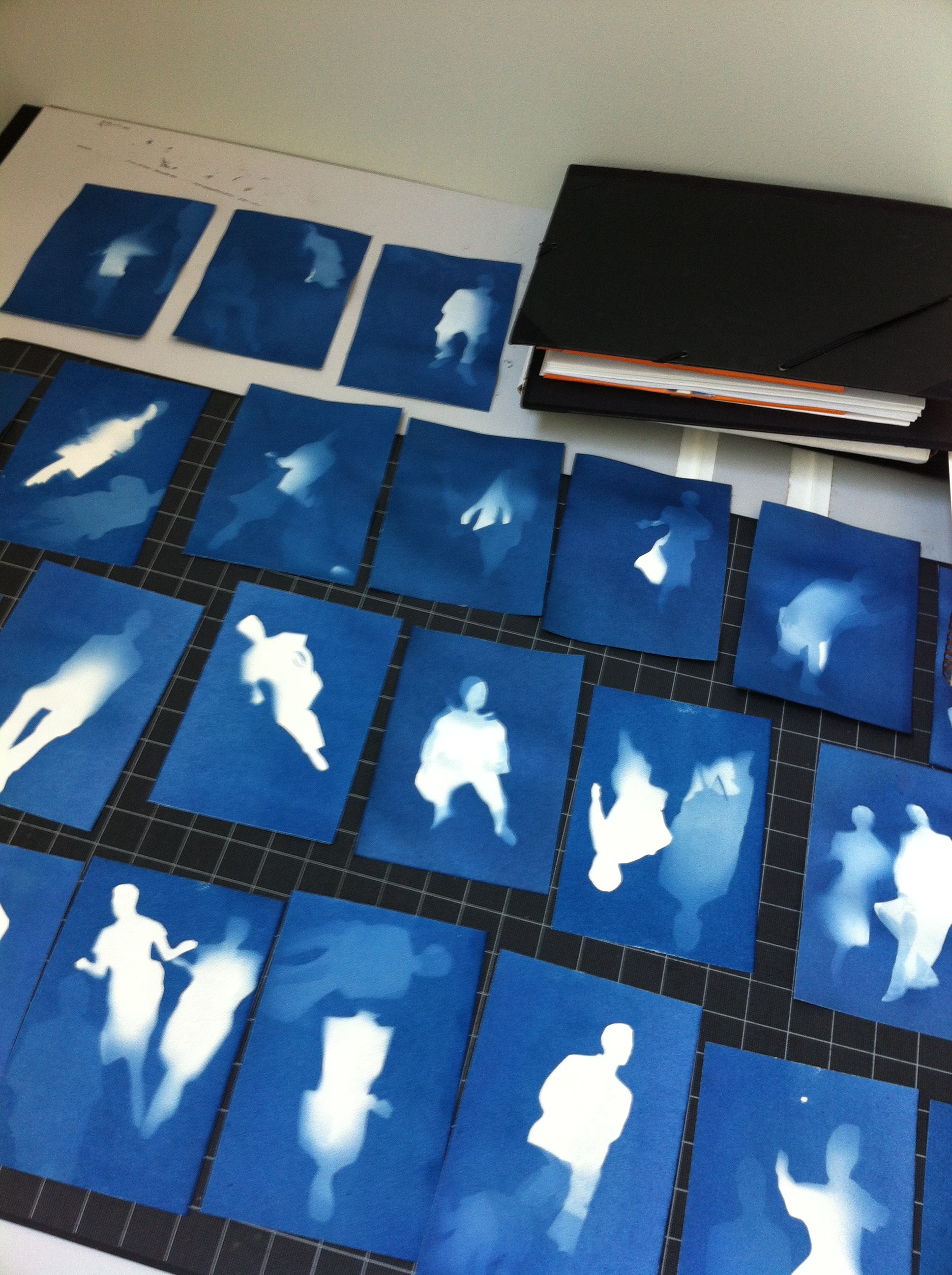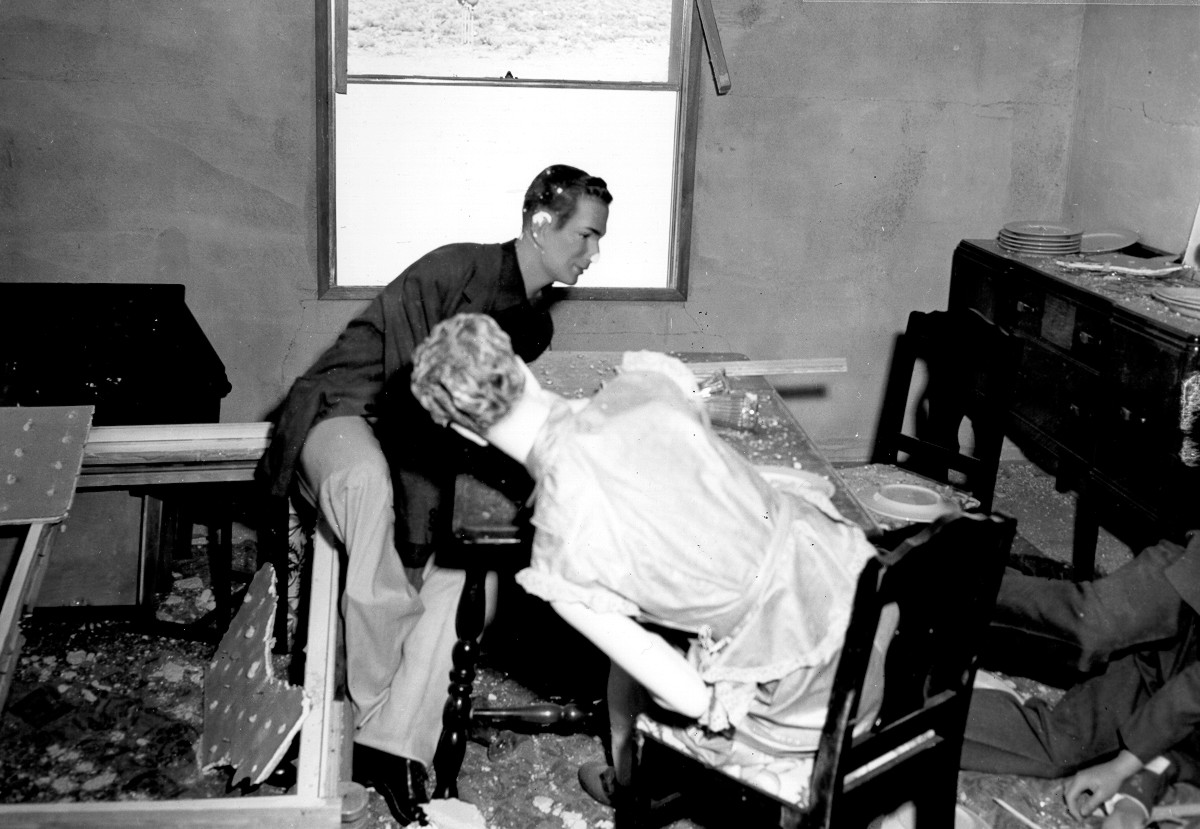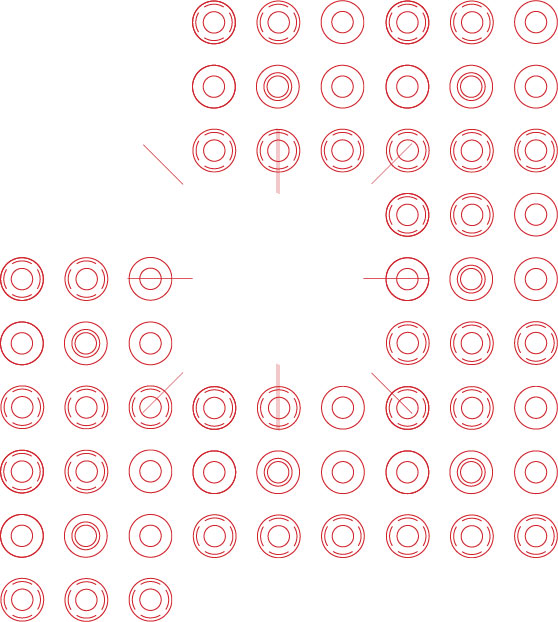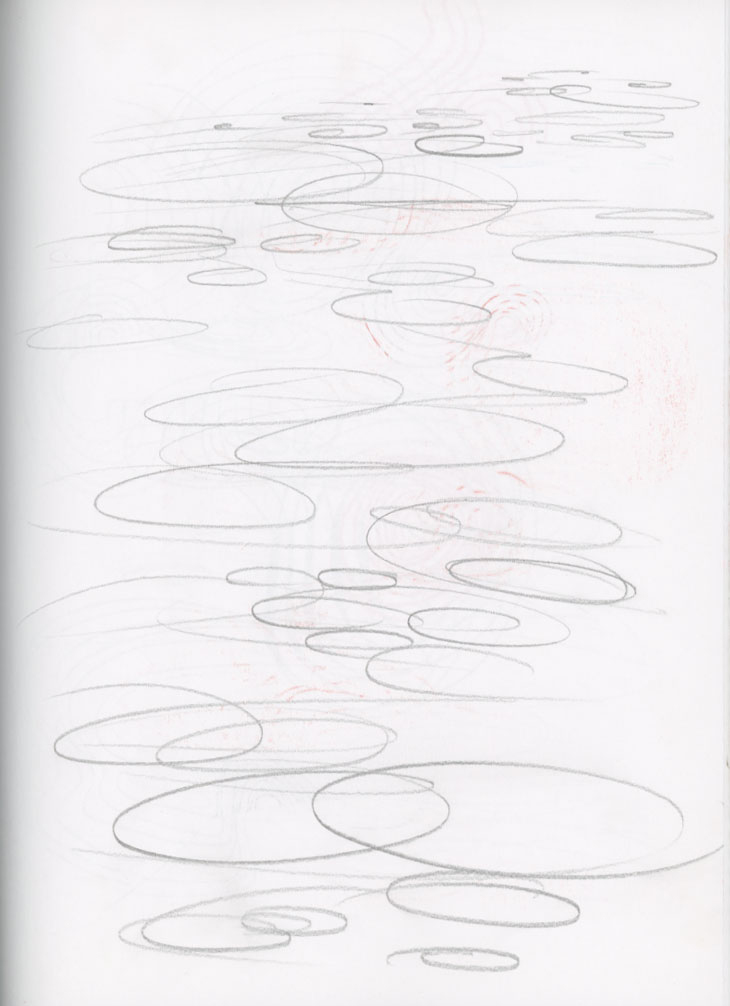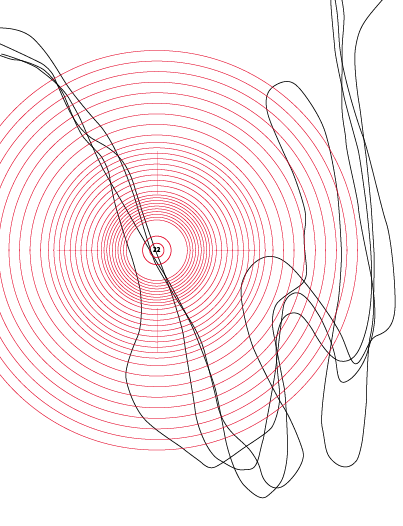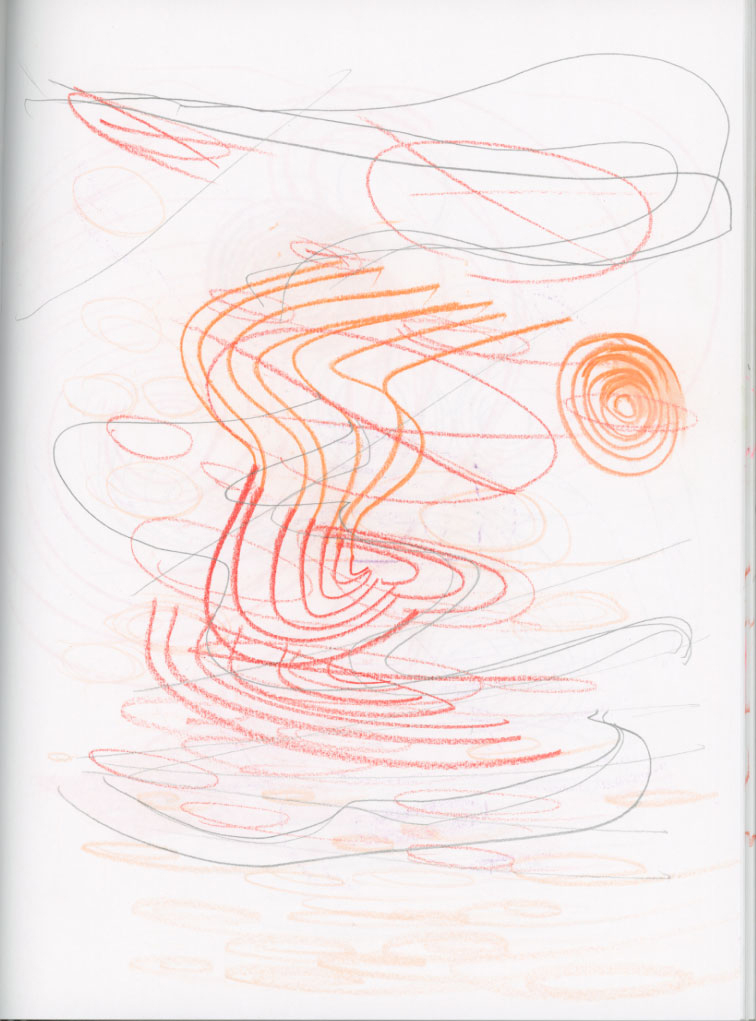I just returned from presenting my work and research on ‘The Evolution of Silence’ at ‘Remaking Research: Emerging Research Practices in Art and Design.’ The AICAD symposium, hosted by the Emily Carr University of Art and Design in Vancouver, Canada, was held from November 1–3, 2012. You can view the full lineup of presenters and the symposium schedule here.
I was invited to present under the theme ‘The Political Economies of Research’ in the ‘Featured Research Projects’ section.
Selected projects were shared in two ways: short, ten-minute presentations that allowed for a sharing of process, or as part of a public exhibition in Emily Carr’s Concourse Gallery from November 1–3, 2012.
Featured Research Project Presentations:
The Production of Knowledge in Art and Design
9:00 am, Friday, November 2, 2012
‘Reverse Engineering: Towards a Taxonomy of Art Practices,’ Adelheid Mers, School of the Art Institute of Chicago
‘Current Design Research Journal,’ Celeste Martin and Deborah Shackleton, Emily Carr University of Art + Design
‘Pratt’s Laboratory for Scientific Study of Art,’ Cindie Kehlet, Pratt Institute
‘Digital Ceramics Archive Research,’ Paul Mathieu, Emily Carr University of Art + Design
‘The Single Most Important Criterion for Reconfiguring Research Theory and Practice in the 21st Century,’ Anne-Marie Oliver, Barry Sanders, and Marie-Pierre Hasne, The Pacific Northwest College of Art; the University of California, Santa Barbara; and Oregon Health & Science University
‘Wait a minute…,’ Gareth Jones, Rhode Island School of Design
The Political Economies of Research
4:30 pm, Friday, November 2, 2012
‘Reflections on Memory Marathon,’ Simon Pope, University of Oxford
‘Darwin,’ Justin Novak, Emily Carr University of Art + Design
‘The Evolution of Silence,’ Rachele Riley, The University of the Arts, Philadelphia
‘National Security Garden,’ Shannon McMullen and Fabian Winkler, Purdue University, Art and Design
‘Building Narratives: Installations for Transitional Space,’ Maria McVarish, California College of the Arts
Networked and Partnered Research
8:30 am, Saturday, November 3, 2012
‘e_Motion Research Lab,’ Barbara Rauch, OCAD University
‘The Artistic Animation of Research,’ Will Garrett Petts, Thompson Rivers University
‘Dialogue Between Business and Academia,’ Louise St. Pierre, Emily Carr University of Art + Design
‘CadLaboration,’ Matthew Hollern, Cleveland Institute of Art
‘Spandrel,’ Jesse Jackson, OCAD University
‘RAW DATA,’ Ingrid Koenig, Margit Schild and Elvira Hufschmid, Goethe Institut, TRIUMF, Emily Carr University of Art + Design
To read more about Emily Carr University and the research activity of faculty and students, click here.
